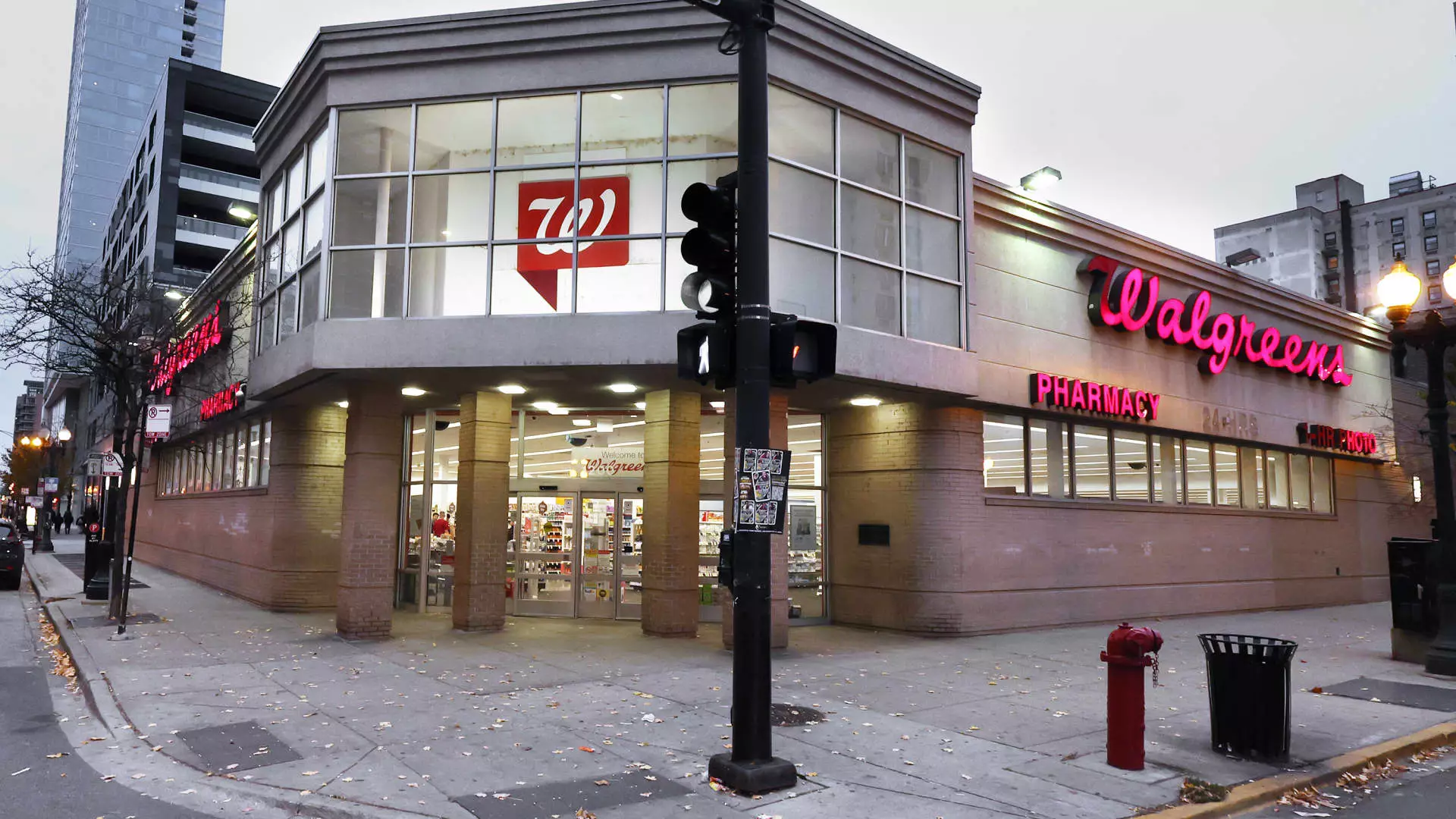Walgreens is entering a pivotal phase as it prepares for a $10 billion acquisition by Sycamore Partners, a move that aims to pull the retail drugstore titan out of public scrutiny. This transaction, projected to finalize in the fourth quarter of this year, is significant not just for its financial implications, but also for the philosophical shift it represents. The history of Walgreens has been marred by volatility, and with its transition to private ownership, the company is signaling a desperate need for strategic realignment.
Gone are the days of a retail giant navigating the complexities of public expectations and shareholder demands. Instead, Walgreens is opting for an insular approach where privatization could lead to radical transformations. However, the retreat comes with a complex web of financial implications, layoffs, and closures which the company must face head-on.
Financial Strain and Yearly Predictions
Walgreens has withdrawn its fiscal 2025 guidance amid the impending transaction, raising questions about transparency and future profitability. While the company’s fiscal second-quarter results showed a revenue increase to $38.59 billion—surpassing Wall Street’s expectations—the reality behind the numbers unveils a distressing story of losses. Walgreens reported a staggering net loss of $2.85 billion for this quarter, albeit an improvement from the year-ago loss of nearly $6 billion. The promise of adjusted earnings of $0.63 per share may sound reassuring, but they are deeply overshadowed by the alarming financial landscape that the company is navigating.
The firm’s more granular challenges, such as a hefty $4.2 billion write-down related to its retail pharmacy unit and ongoing legal battles over opioid-related settlements, make it clear that Walgreens’ path to recovery is riddled with obstacles. The reduction in fiscal projections does not merely signal caution; it reflects a desperate struggle to stabilize amidst chaotic market conditions and a shifting competitive landscape.
Competitive Pressures: Rivals Closing In
Walgreens’ current woes cannot be understood in isolation; they are situated within a fierce and increasingly unforgiving retail landscape. The company’s primary competitors—CVS, grocery chains, and online behemoths like Amazon—are sniping at its market share, forcing Walgreens to reconsider its operational strategies. The healthcare industry is undergoing rapid transformation, and Walgreens’ attempts to break into this sector have yielded mixed results at best.
Consumer confidence is wavering, and as spending habits evolve, Walgreens finds itself buttressed against traditional retail bricks and mortar while also facing disruption from convenience and online services. Reliance on foot traffic has proven detrimental, and the need to adapt is glaringly apparent. The question is whether Walgreens can pivot effectively before the momentum shifts too far in favor of its competitors.
Legal Battles and Their Impact
Legal entanglements have become a costly burden for Walgreens, spotlighting the vulnerabilities that underlie its business model. Nearly $1 billion spent on settlements related to opioids is an explosive figure, one that indicates not only financial strain but also reputational damage that could take years to remedy. Coupled with disputes related to contracts with virtual-care entities, the cumulative effect of these legal issues threatens to sap Walgreens’ resources and hamper investment in necessary innovations.
Walgreens’ legal liabilities represent a ticking clock. As the company strives for a turnaround, the specter of ongoing litigation looms large, requiring acute focus on damage control rather than proactive growth strategies.
The Road Ahead: Uncertain Yet Hopeful
Though Walgreens is aiming for revival through cost-cutting measures and strategic focus, the road ahead is fraught with uncertainty. It is essential to recognize that moving to private ownership does not automatically yield success; rather, it is a canvas upon which Walgreens must paint a new narrative. The company has the capability and resources to adapt, but navigating through these choppy waters requires not just effective management but also visionary leadership willing to make the tough decisions necessary for long-term sustainability.
Walgreens is at a crossroads, and how the company steers through its multifaceted challenges will not only define its legacy but also determine its viability in an ever-evolving marketplace. The fundamental question that remains is whether Walgreens has the fortitude and foresight to emerge not just intact, but reimagined and revitalized.

